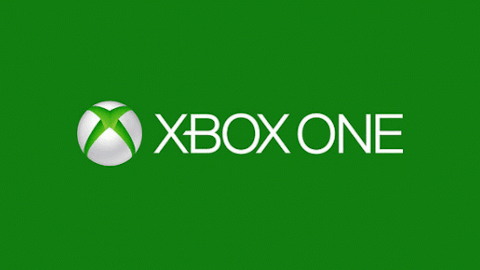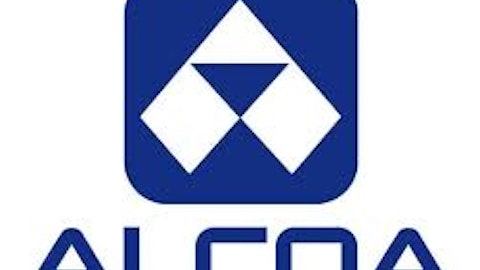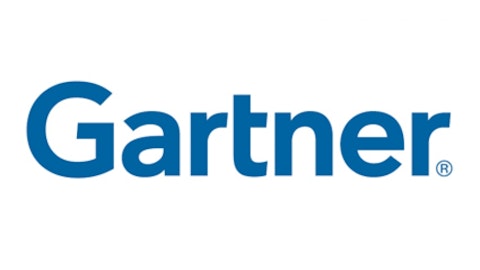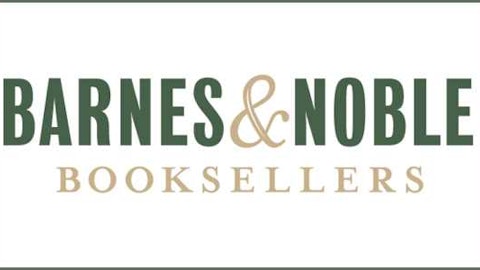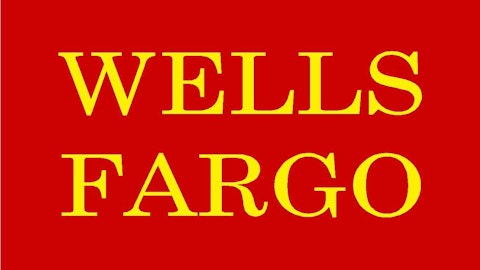Backing off from MUI
For Microsoft, it may be a matter of backing off somewhat from the radical departure that is Modern UI. In creating Modern UI, Microsoft Corporation (NASDAQ:MSFT) dumped two fundamental user interface paradigms that have been difficult to satisfactorily replace:
1) Resizable, movable app windows. Yes I know they’re available in Desktop mode, but they’re banished from the MUI. Instead, MUI allows split screens, and with 8.1, even multiple split screens. But it still feels too restrictive, and the screen can only be split into narrow vertical panels.
2) Pop-up menus. Menus actually work very well for mobile operating systems, and both Apple Inc. (NASDAQ:AAPL)’s iOS and Google Inc (NASDAQ:GOOG)’s Android make extensive use of them, yet they are also banished from MUI.
Google keeps it simple
Google has perhaps demonstrated the greatest flexibility regarding integrating touch screen and traditional cursor UI modes. Track pad or mouse driven cursors have been available on Android tablets for some time. Google Inc (NASDAQ:GOOG) makes it look so easy and natural that you have to wonder why the other guys make such a fuss over it. Touch the screen, the device responds in normal tablet mode; touch the track pad, and a cursor instantly appears.
This flexibility also carries over into Chromebook Pixel, which also has a touch screen and a track pad. On screen controls can feel a little small for fingers, but Pixel has all the essential elements of a converged touch screen experience: app windows that can go into full screen mode if the user wants, efficient use of menus, and touch screen functionality combined with a trackpad.
So far I haven’t heard any sales numbers for Pixel, but we may hear more in Google Inc (NASDAQ:GOOG)’s Q2 earnings report. I think people will be surprised by how well Pixel is doing, and in any case, its non-touch screen siblings continue to be top sellers on Amazon.
Apple’s deep integration
Apple Inc. (NASDAQ:AAPL) has probably done the best job of integrating touch-based gesture support of all three of the major PC OS players. Here, I’m talking about Mac OS, not iOS. Apple’s Magic track pad works better than any other track pad I’ve tried, and the gesture support is comprehensive and intuitive.
Apple Inc. (NASDAQ:AAPL) has even integrated into Mac OS full screen app capability, which works alongside normal windows.
In almost every way, Apple has provided in Mac OS the converged UI solution, except one. They won’t take that last step and actually build a touch screen equipped Mac. But they’re thinking about it, as demonstrated by a recent patent application filed by Apple Inc. (NASDAQ:AAPL) designer Duncan Kerr for a laptop with a removable screen.
Merely thinking about it isn’t good enough, and I hope that the touch screen potential of Mac OS is not held back much longer. Unfortunately, I saw nothing encouraging in this regard at WWDC. Apple’s Mac sales have been trending down since the beginning of the year, and I expect this to continue until Apple Inc. (NASDAQ:AAPL) management acknowledge that touch screens are the future of Mac OS. Maybe next year. . .
Despite objections from Apple fans that Macs don’t need touch screens, I consider Apple’s adoption of touch screens for Mac OS to be inevitable. And Windows 8, in its own halting and inelegant way, will have led them into the future.
Mark Hibben has a position in Apple. The Motley Fool recommends Apple and Google. The Motley Fool owns shares of Apple Inc. (NASDAQ:AAPL), Google Inc (NASDAQ:GOOG), and Microsoft Corporation (NASDAQ:MSFT).
The article Microsoft Moves Windows 8 Forward originally appeared on Fool.com.
Mark is a member of The Motley Fool Blog Network — entries represent the personal opinion of the blogger and are not formally edited.
Copyright © 1995 – 2013 The Motley Fool, LLC. All rights reserved. The Motley Fool has a disclosure policy.
